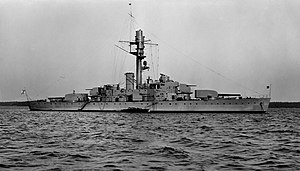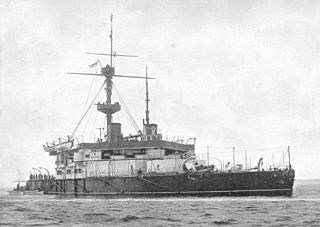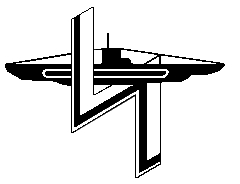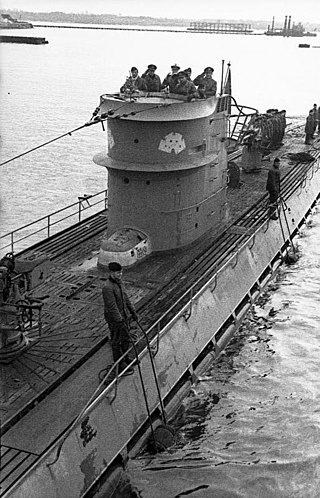Allies
Brazil
| Class | Picture | Type | Ships | Displacement (Standard/Full) | Note |
|---|---|---|---|---|---|
| Marcílio Dias class |  | Destroyer | Marcilio Dias Mariz e Barros Greenhalgh | 1,500/2,200 tons | Last ship of the class stricken 1972. |
Denmark
| Class | Picture | Type | Ships | Displacement (Standard/Full) | Note |
|---|---|---|---|---|---|
| Herluf Trolle class | 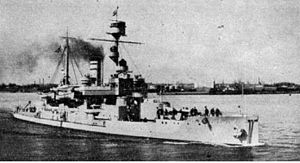 | Coastal defence ship | Peder Skram | 3,500/- tons | Scuttled in August 1943 [1] |
| Niels Juel class |  | Coastal defence ship | Niels Juel | 3,800/- tons | After refit her standard displacement increased by 400 tons; scuttled in August 1943 [2] |
| Hekla class | 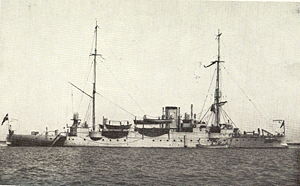 | Protected cruiser | Hekla | 1,322/- tons | Survived the war, decommissioned in 1954 [3] |
| Hvidbjørnen class* | Fishery protection vessel | Hvidbjørnen | 914/1,050 tons | Scuttled in August 1943 | |
| Ingolf class | Fishery protection vessel | Ingolf | 1,180/1,357 tons | Captured by Germany in August 1943 and renamed Sleipner |
Netherlands
| Class | Picture | Type | Ships | Displacement (Standard/Full) | Note |
|---|---|---|---|---|---|
| Jacob van Heemskerck class |  | Coastal defence ship | Jacob van Heemskerck | 4,920/- tons | Survived the war, decommissioned in 1974 and subsequently scrapped |
| De Zeven Provinciën class |  | Coastal defence ship | De Zeven Provinciën | 6,530/- tons | Captured by Japan in 1942, sunk by Allied aircraft in 1943 |
| Koningin Regentes class |  | Coastal defence ship | Hertog Hendrik | 5,002/- tons | Survived the war, decommissioned in 1968 and subsequently scrapped |
| Java class |  | Light cruiser | Java Sumatra | 6,670/8,087 tons | Neither survived the war, Java was sunk during the Battle of the Java Sea while Sumatra was scuttled in June 1944 |
| De Ruyter class |  | Light cruiser | De Ruyter | 6,650/- | Sunk during the Battle of the Java Sea |
| Tromp class |  | Light cruiser | Tromp Jacob van Heemskerck | 3,404/- | Both survived the war and were decommissioned in the late 1960s |
| Admiralen class | 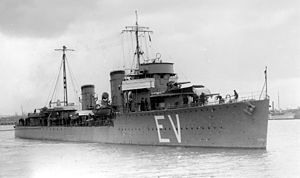 | Destroyer | Van Ghent Evertsen Kortenaer Piet Hein Van Galen Witte de With Banckert Van Nes | 1,316/1,640 | All eight were sunk during the war |
| Gerard Callenburgh class |  | Destroyer | Gerard Callenburgh Isaac Sweers | 1,604/2,228 | Both were sunk during the war |
| Van Kinsbergen class |  | Sloop | Van Kinsbergen | 1,760/2,388 | Scrapped in 1974 |
| Johan Maurits van Nassau class |  | Gunboat | Johan Maurits van Nassau | 1,457/1,793 | Sunk in May 1940 |
| K class |  | Sloop | K1 K2 K3 | 1,200/1,420 | K1 was sunk near the end of the war, the other two were scrapped after the war |
| Flores class |  | Gunboat | Flores Soemba | 1,480/1,822 | Both survived the war and were decommissioned in 1968 and 1985 respectively |
| Prins van Oranje class |  | Minelayer | Prins van Oranje Gouden Leeuw | 1,291/- tons | Both were sunk in 1942 |
| Willem van der Zaan class |  | Minelayer | Willem van der Zaan | 1,422/- tons | Survived the war, scrapped in late 1970 |
| Arend class* | Patrol ship | Arend Valk | 748/1,011 tons | Seaplane-carrying patrol vessels, both scuttled in March 1942 | |
| Krakatau class* | Minelayer | Krakatau | 982/1,160 tons | Scuttled in March 1942 | |
| Rigel class | Minelayer | Rigel | 1,378/1,631 tons | Scuttled in March 1942 |
Norway
| Class | Picture | Type | Ships | Displacement (Standard/Full) | Note |
|---|---|---|---|---|---|
| Olav Tryggvason class |  | Minelayer | Olav Tryggvason | 1,596/- tons | Captured by Germany in April 1940 and renamed Albatros II, wrecked on dry dock by the Royal Air Force in April 1945 |
| Fridtjof Nansen class | Fishery protection vessel | Fridtjof Nansen | 1,219/1,563 tons | Wrecked on rocks in November 1940 |
Yugoslavia
| Class | Picture | Type | Ships | Displacement (Standard/Full) | Note |
|---|---|---|---|---|---|
| Beograd class |  | Destroyer | Ljubljana Zagreb | 1,210/1,655 tons | Ljubljana was captured by Italy in April 1941 and lost off the Tunisian coast in April 1943; Zagreb was scuttled in April 1941 |
